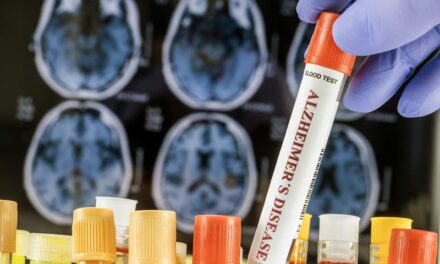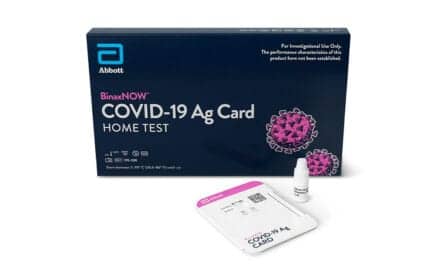This is Figure 2 for the feature, “Blazing a Path to More Effective Infectious Disease Response.”
Mechanisms of evolution in high-consequence drug-resistance plasmids.7 Here, schema of replicative transposition and homologous recombination. Left (a): overview of replicative transposition. Top: for intermolecular transposition, cleavage at both terminal inverted repeats (TIRs) of the insertion sequence (IS; yellow double-headed arrow) results in nicks on both strands, generating 3′-OH groups (green circle) that attack the target site (red arrows). DNA replication generates a cointegrate containing a duplication of the IS and the target site; this can be subsequently resolved into a plasmid identical to the original donor plasmid and a modified target plasmid carrying an IS copy flanked by target site duplications (TSDs) arranged as direct repeats. Bottom: for intramolecular transposition, the 3′-OH groups generated by cleavage at both TIRs can either attack the target site on the same strand (cis) or the opposite strand (trans). When in cis, DNA between the IS and target site becomes circularized and contains one IS copy and target site. In trans, DNA between IS and target site is instead inverted (‘a b’ becomes ‘b a’), bracketed by the original IS and a new copy in an inverted orientation. The target site is also duplicated but in inverted orientation, and each TSD is associated with one IS copy. Black arrows indicate potential TSDs from previous transposition events; different numbers represent different sequences.





